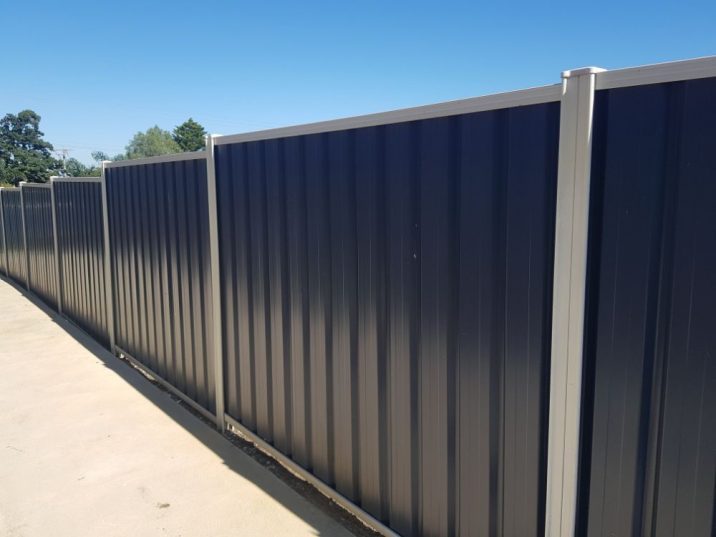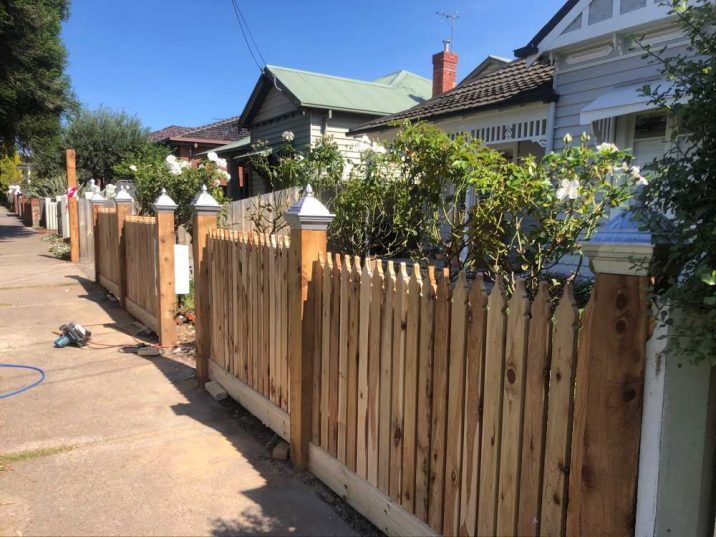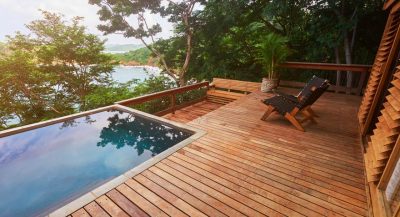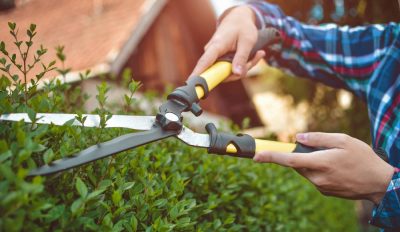- Oneflare /
- Cost Guides /
- Fencing

How much do fencing experts cost?
$60 - $90 per m2
Cost of Hiring a Fencing Expert
A fencing professional comes in extremely handy for many reasons: it could be your dog keeps digging up your neighbour’s flower bed or you simply want to feel more secure and safe inside your home. Whatever the reason may be, a fencing professional is ready to help – but their services may vary in price depending on a number of factors including the material of the fence and the size. Within Australia, the estimated pricing for fencing ranges from $900 to $3,800.
Below is the average cost of a fencing job in different states in Australia.
| State | Average Cost for a Fencing Job |
| NSW | $1200 |
| VIC | $800 |
| WA | $500 |
| SA | $1300 |
| QLD | $1750 |
Setting a Budget for Your Fencing
When requesting a professional to service your fence, the first question that is asked of you is the type of service that is required. You’ll either need a fencing professional to install, replace or repair a fence. Installing a new fence is the most expensive out of the three, followed by a replacement and then a repair job. However, determining the total cost of the job depends on a number of other factors too, such as the size of the fence and the material used.
Install a new fence – $2000 – $3700 average reported cost
The price of installing a new fence from scratch has a higher average value than replacing or repairing an existing one. There are a few factors that lead to this higher cost; the cost of new fencing materials, cost of installing the fence and any costs associated with preparing the ground surface to be ready to hold a fence.
Replace an existing fence – $2000 – $3800 average reported cost
Replacing an existing fence may be due to damages or weathering over the years.
Repair an existing fence – $750 – $1400 average reported cost
It can prove to be slightly cheaper to repair your fence rather than replacing it altogether. If you’re not sure whether the damages to the fence are to the extent of replacing or repairing it, it can be worth your while to ask your fencing professional for their honest opinion.

Blue and white steel fence. | Source: Nicee
Other Factors Affecting Fencing Costs
The materials used and the size of the fence are arguably the main determinants of the cost of your fencing job. Additional factors such as the condition of the land that the fence will be built on and the type of property will also affect the cost.
The type of material
The material used to build the fence or gate will affect the price you pay. Brick is the cheapest option and is ideal if you’re sticking to a tight budget. Colorbond, on the other hand, is on the other end of the price spectrum, but the material is extremely durable and can last for at least ten years. Colorbond fencing is a common choice within Australia because of the more affordable price point and clean aesthetics.
| Fencing Material | Average Reported Cost |
| Glass | $1,400 – $2,300 |
| Wood/Timber | $700 – $2,000 |
| Wire | $1,600 – $2,500 |
| Steel | $1,500 – $2,300 |
| Colorbond | $950 – $1,900 |

A wooden picket fence. | Source: Aussie Style Fencing
Condition of the land
The condition of the land that the fence sits on can have a positive or negative impact on the price that you’ll be expected to pay. One factor is the soil type and condition; if the soil is deemed less than ideal by your professional, then you may be charged more as it will take more work and time to ensure that the fence is built properly. Additionally, if you live on a slope then you will most likely be charged more for your fence.
The type of property
| Property Type | Average Reported Cost |
| Home | $900 – $2,000 |
| Rural property | $1,700 – $2,600 |
| Commercial property | $750 – $1,900 |
Stratco vs Colorbond
Choosing between Stratco and Colorbond for your fencing material affects your colour options. Stratco fences offer custom colours and finishes, while Colorbond provides a wide range of baked-on colours. Although Colorbond can only be installed in one colour per side, it offers an extensive selection of colours. On the other hand, Stratco provides more flexibility and design options. Both have their benefits when it comes to fencing colour options, so consider personal preference and property conditions.
How to Hire a Fencing Expert
Do they have insurance?
Just like most trades, hiring a professional that is insured is important in maintaining ultimate peace of mind.
What qualifications do they have?
A general rule of thumb is if the business or worker possesses relevant qualifications, then it’s more likely they will complete a quality job that meets your expectations – however, it’s not the most important factor in hiring a fencing professional.
What have others said about them?
Reading previous customers’ reviews for the fencing professional has the ability to effectively indicate how capable this business is among a number of other factors – such as if they were on time and if they understood the customer’s needs well.
* The cost data is based on Oneflare and third-party sources
FAQs
What is a good neighbour fence?
A good neighbour fence, also known as a boundary fence, runs along two adjoining properties. These fences can be used to maintain a good relationship between neighbours, as they allow for mutual input and agreement on fence design, location, and cost. Good neighbour fences are typically installed using weather-resistant materials and can also incorporate features such as gates or decorative elements to enhance aesthetic appeal.
Can I mount a clothesline on a fence?
Yes, it’s possible to mount a clothesline onto a sturdy fence. Ensure that the fence is not weakened by the installation, as this can cause damage or instability over time. Follow the manufacturer’s instructions carefully and use the appropriate tools to safely and securely attach the clothesline to the fence. Additionally, consider the location of the clothesline on the fence to ensure it doesn’t obstruct paths or access points.
Can blueboard be used for fencing?
Blueboard, also known as blue board or blueboard plasterboard, is not recommended for use in fencing applications due to its susceptibility to moisture damage. Instead, more durable materials such as timber, steel, or masonry are typically used for fencing. It is possible to use blueboard as a feature wall in fencing. However, it would be best to consult a professional before doing so as there could be potential complications depending on the type of fence being used and its surrounding environment.
What is the best way to protect a timber or pine fence?
The best ways to protect timber or pine fences are painting, staining, or sealing. A paint or solid stain will provide the most protection against the elements but can also cover up the natural grain and texture of the wood. A semi-transparent or clear stain will make the natural beauty of the wood shine while still providing protection. A sealant can be applied as an additional layer of protection after applying a stain or paint. Regularly maintain the fence by cleaning it and reapplying the coating or finish to ensure long-lasting protection.
Real Oneflare Customer Quotes
Jaeha's fencing job
Problem
Replace current brick wall with fence
Required
Demolish and reinstall
Type of property
House
$550inc. gst
Quoted by AZ Company Pty Ltd
Sebastian's fencing Job
Problem
Noisy broken gate
Required
Repair or replacement of gate
Type of property
House
$380inc. gst
Quoted by Buckleys Garage Doors
Johnathan's fencing job
Problem
Garage door doesn't close
Required
Electrical repairs to door
Type of Property
Townhouse
$650inc. gst
Quoted by Buckleys Garage Doors


